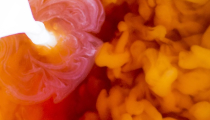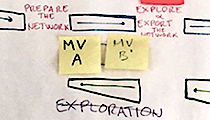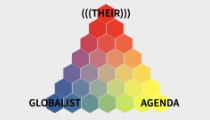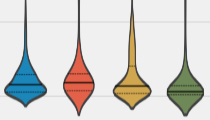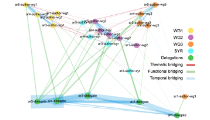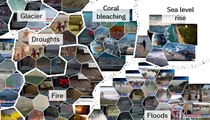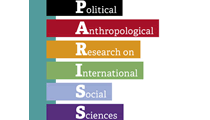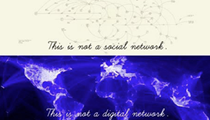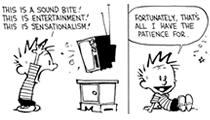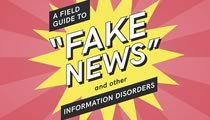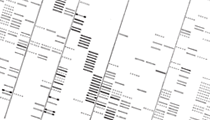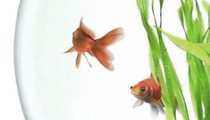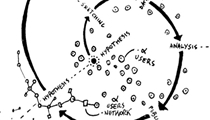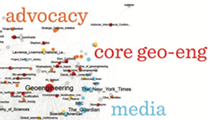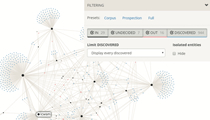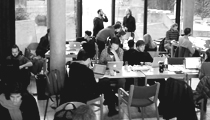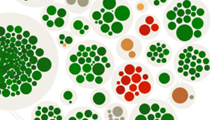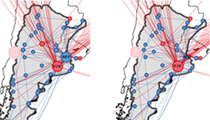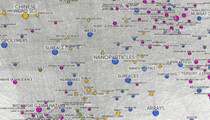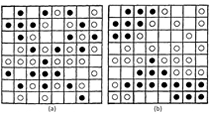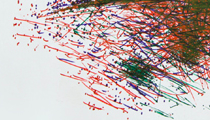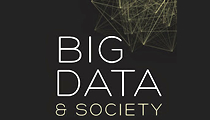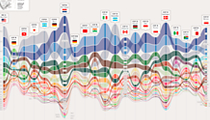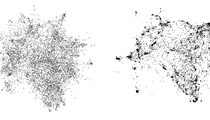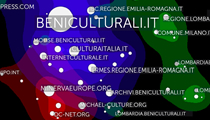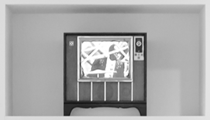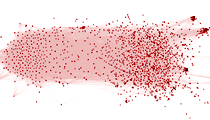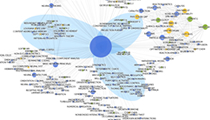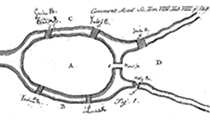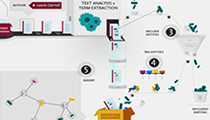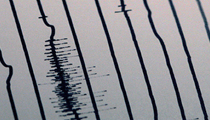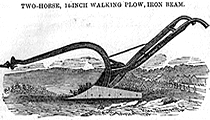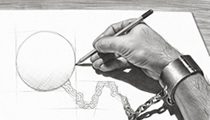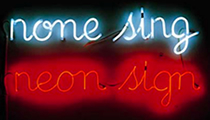September 16
HDR (Habilitation à Diriger des Recherches)
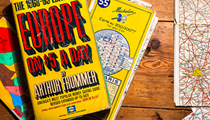
Controversy Mapping, a Travel Companion
HDR in media studies (CNU 71), defended and obtained on 26/09/2016
by Tommaso Venturini (under the Supervision of Pablo Jensen, Ecole Normale Supérieure de Lyon)
Jury: Richard Rogers, Dominique Pestre, Didier Bigo, Eric Fleury, Dominique Vinck
Since my arrival at the médialab of Sciences Po, 6 years ago, my research path has not been straight. Following the projects that I led (EMAPS, MEDEA) and to which I have participated (MACOSPOL, Contropedia, SOURCE, DIME-SHS Web, Politiques de la Terre, AIME…), it has zigzagged through disciplines and traditions and brought me in contact with various epistemic communities, including STS; digital methods; complex network analysis; environmental politics; information design; media studies; natural language processing and more.
In all these encounters, what interested me has been the chance to run experiments, test unusual mixes, try new approaches to the study of collective life. Orthodoxy and faultlessness, I confess, have never been my greatest preoccupations.
Yet, my experiments have not been inconsistent. Traveling far lands, I did not just sightsee. I collected bits and pieces and stitched them together in an ensemble that starts to look (to me at least) more and more coherent. Such coherence, of course, is not straightforward. It is tentative, in progress and, too often, implicit. My HDR thesis provides a much-welcomed occasion to address such coherence explicitly and to do it through a comprehensive account of what Controversy Mapping is to me.
It is CM that brought me to the médialab, it is the course I have been teaching the last 8 years and the approach that supported most of my projects. CM is also a method with a solid tradition and an upward trajectory, increasingly used around the world for teaching and research. Yet, CM still lacks its instruction manual – a text that would distill its unusual brew of STS reflections and digital developments. My HDR thesis is an effort in this direction.

